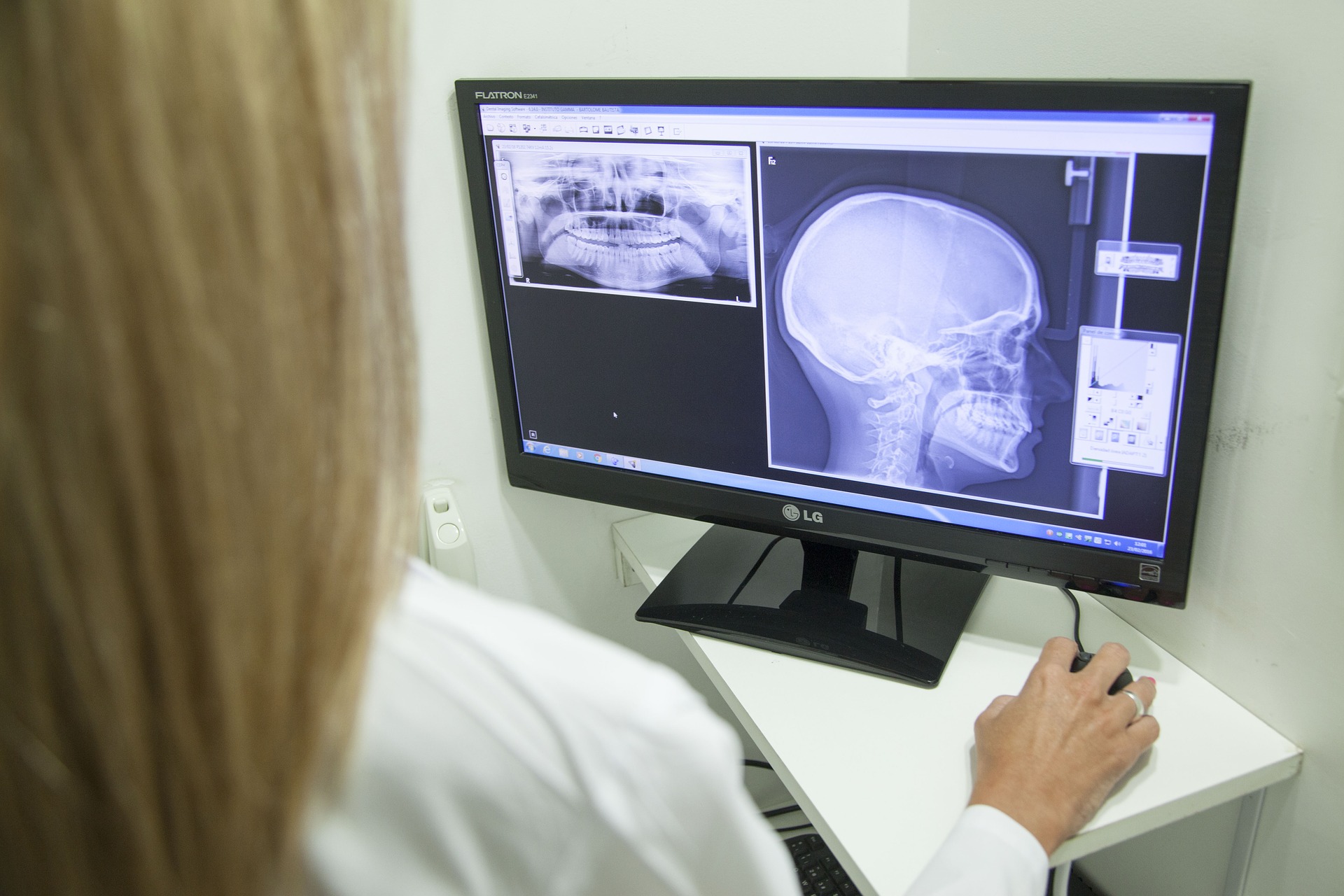
Things You Need to Know About E-Health
In a post in https://www.hospimedia.fr/actualite/articles/20150622-e-sante-developpement-et-installation-de-nouveaux-usages, the package of e-health services made available to health professionals has been enriched with new services that bring advancement in the healthcare industry. During the Coronavirus crisis, few nations have leveraged that the predictive power of large data to maintain the worldwide spread of this outbreak in check. It is simply one of several examples of the technology that could be wielded under the banner of eHealth to care for and rescue countless individuals around the world. In this post, we will give you an overview of E-Health from its services to its advantages.
What is E-Health?
The medical industry has embarked on a digital revolution in which technology has entered every procedure. The idea of digital health or e-health seemed to redefine the use of ICT in healthcare, equipping it with cutting-edge resources to ensure more efficient management and optimized assessment, and undoubtedly better patient care. It includes innovations in the fields of doctor-patient communication, hospital management, and research. The e-health company is on the rise. In 2018, $14.6 billion was invested worldwide, according to this Statista data portal, an increase of 1,200 percent since 2010. Interest in eHealth has risen among countries belonging to the World Health Organization (WHO), with 58 % having implemented specific strategies to digitize health.
Types of Digital Health Services
One of the most notable benefits of new technologies in healthcare is their adaptability. These are some of the widely used solutions they offer:
Telehealth. Providing care at a distance means that people in remote areas with limited access to health care can find the health care they need. It also saves doctors and patients time, travel, and money.
Applications. Owning health-focused cell phone apps turns our smartphones into personal trainers, sleep gauges, diagnostic devices, and more, along with programs for medical personnel and professionals.
Serious Games. These identification video games are utilized as a learning resource for medical professionals and students to enhance their education. They can also be used by people looking to learn more about certain conditions.
Wearable Technology. The popular term “wearables” include smart clothing and accessories such as bracelets, glasses, and watches to monitor and collect information about physical and health conditions.
Augmented Reality. AR helps professionals visualize organs in 3D or assess a person’s history in real-time, for example. It can also be used during surgical procedures with the help of special AR headsets.
E-Health Record. The use of a digital medical record means that tips can be kept in one place, but they need to be available everywhere so that patients can discuss them safely, and healthcare professionals can access them at any time.
Advantages and Benefits of E-Health
Thanks to services like these, digital health enables us to apply new methods, means, tools, and channels that lead to a series of benefits like improved patient monitoring, encouraging healthier habits, easier decision-making for healthcare staff, more accessible and equal healthcare, and efficient hospitals and health clinics.


